Lobster Divers of the Miskito Coast
This is an ongoing project documenting the daily life and environment of the Miskito people of the North Coast of Honduras.
The Miskito Coast is an area along the eastern coast Nicaragua and Honduras. It formed part of the Western Caribbean Zone. It was named after the local Miskito Amerindians and was long dominated by British interests.
The British attempted to consolidate their holdings on the continent to British Honduras and handed over control of the Miskito to Nicaragua and Honduras. This in itself greatly upset the Meskito Indians who revolted in 1859/60 . The Nicaraguans offered to grant autonomy to the Indians in a designated reserve but
The Miskito culture and economy is made up of coastal indigenous tribes, English pirates, traders, and settlers and their African slaves. The Miskito Coast, since colonial times, has been an economic frontier characterized by barter and boom/bust economies where markets developed to exploit specific resources, such as turtles, precious lumber, rubber, bananas, logwood and more recently lobster.
The Miskito subsistence economy was based primarily on hunting, fishing, and some limited agriculture and silviculture. Subsistence activities were traditionally divided by gender. Women tended to the agriculture, while the men cleared land, hunted, fished, and worked in wage labor when it was available.
The Miskito have hunted green turtle as part of their traditional subsistence economy since at least the early 1700’s. Much of the Miskito subsistence system, and settlement patterns were based around the seasonal appearance of the green sea turtle. In 2013, the Honduran Government granted five Miskito communities land titles to their traditional land, totaling about 1.6 million acres. 100 villages exist in this area, containing a population of approximately 22,000.[36]
In general, no more turtles were hunted than could satisfy the community's meat needs. However, increased demand from international markets during the 17th, 18th, and 19th centuries led to changes in hunting methods. The activities became market-focused instead of subsistence-focused. Foreign companies established commercial enterprises and hired Miskito turtlemen to facilitate intensive harvesting of green turtles to support sugar plantation labor, but also European palates. Exploitation was so intense that sea turtle populations in the greater Caribbean basin had been decimated by the mid-1800s, and villagers were confronted with rising social tensions due to increased dependence on a scarce resource. In the present day, sea turtle populations have recovered to a point, but the Miskito now balance a desire for turtle products with the forces of local, national, and international conservation goals.
Increasing demand in the United States led to a boom in commercial exploitation of spiny lobster along the Miskito Coast beginning in the 1970s. Lobster, like products of past booms, has become a major source of cash income for the Miskito and the great majority of the population either directly or indirectly depends on lobster income. In 2011, the industry employed around 3500 people on 44 boats in Honduras alone. In Nicaragua, it has been estimated that commercial lobster diving employs over 5,000 people and affects the livelihoods of 50,000 men, women and children. Many of these people work as divers, using scuba equipment to dive and catch lobster.
The vast majority of fishing operations are controlled by ladino boat owners based in the Bay Islands of Honduras and Puerto Cabezas, Nicaragua. These owners employ local recruiters or sacabuzos in coastal communities to organize crews of dive teams, as well as other boat hands. A dive team consists of a diver and cayuquero; a diver apprentices who follows the diver in a canoe allowing the diver to offload his catch. In addition to 18-20 dive teams, a boat employs additional support staff to cook, clean, and manage the diving equipment.
At the beginning of a fishing trip, the lobster boats travel the coast picking up recruited dive teams and boat hands. They then search for lobster at known lobster banks between Honduras and Columbia, often illegally and usually over the course of 12–16 days. The divers are paid by the pound for lobster tails alone. In the early days of the boom, lobster tails of 1-2 pound were common whereas by the early 1990s a diver needed 2-3 lobsters to make the same weight. At that time, the average diver brought in, per trip, 150-180 pounds of lobster.
Since the 1960s, the Miskito have used free-diving techniques to harvest lobster as their primary source of income. In the early years of the lobster boom, large and plentiful lobster were found close to shore in shallow waters, and could be accessed easily by free diving. Lobster production peaked, however, around 1985, and these resources, were quickly depleted. Scuba techniques were introduced around 1980 to enable the Miskito to expand their area for harvesting into deeper waters. Declining returns have forced divers to dive more often, deeper, and for longer, using pressurized tanks to maintain their income. In response to declining lobster populations, the governments of Honduras and Nicaragua implemented a fishing season - restricting lobster exploitation to between March 1 and July 30. The goal is to reduce pressure on lobster populations, but the result has also increased pressure on lobster divers. It is not uncommon for divers to make 12-16 dives per day to depths of 100–120 ft. in an effort to maintain their incomes. The result has been an increase in the number of cases of decompression illness and decompression related deaths. In 2012 Honduras had the highest number of decompression related deaths and sickness in the world.
Estimates put the number of injured somewhere over 2000 while over 300 others have died since the 1970s. The divers almost universally lack formal dive training, and the push to maintain their incomes leads divers to dive too much and stay down too long. In response to activist outcries, several large lobster importers in the United States announced in 2015 that they will no longer purchase dive caught lobster, however, similar efforts by Red Lobster in 1993 failed to disrupt the industry. In 2009 both Honduras and Nicaragua agreed with regional regulations to prohibit lobster diving. In a 2011 census of Honduran lobster divers, 36% of injured divers continued to dive after their first accident and 50% of divers have considered quitting due to the risks, but continue, because of the lack of viable economic alternatives.
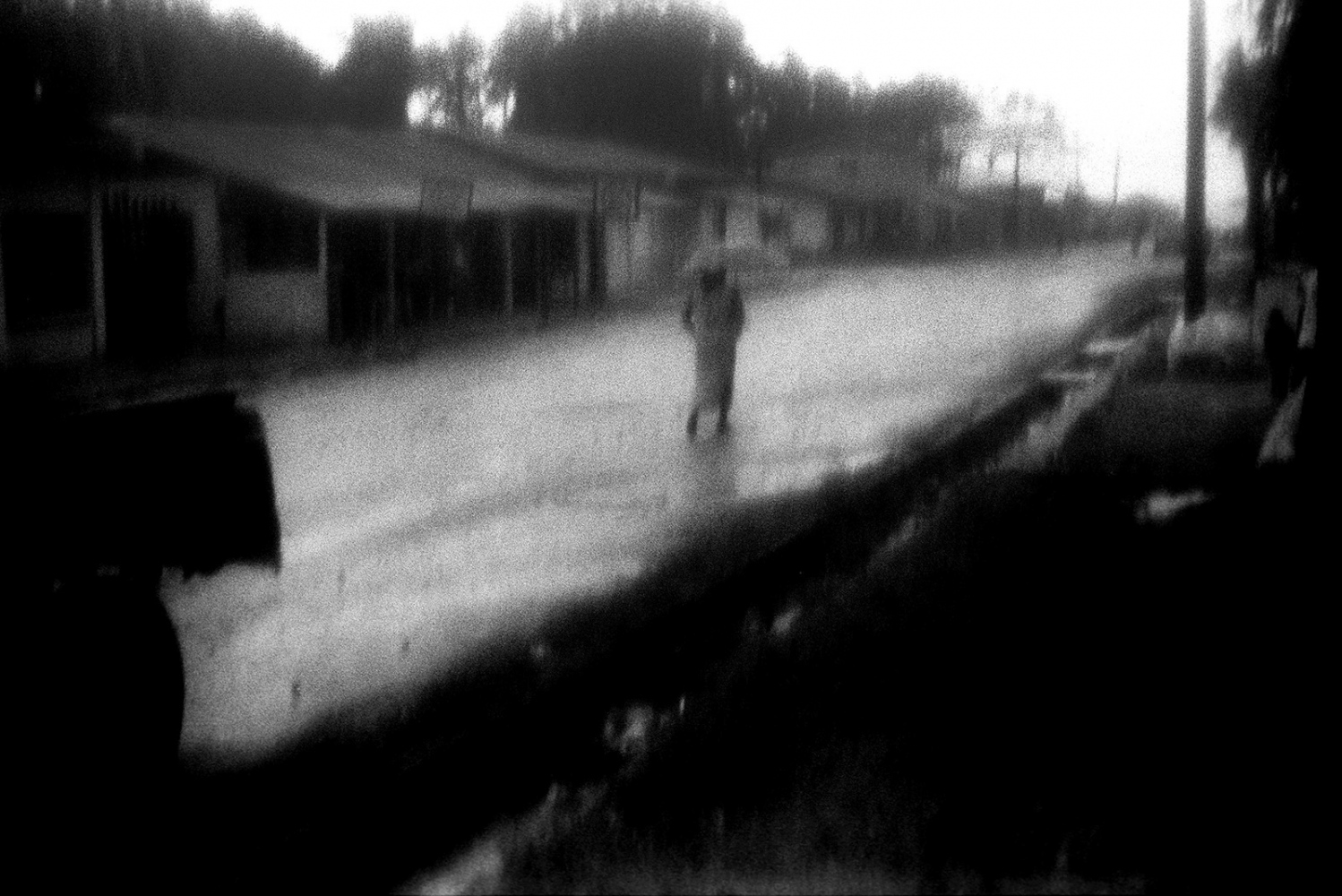
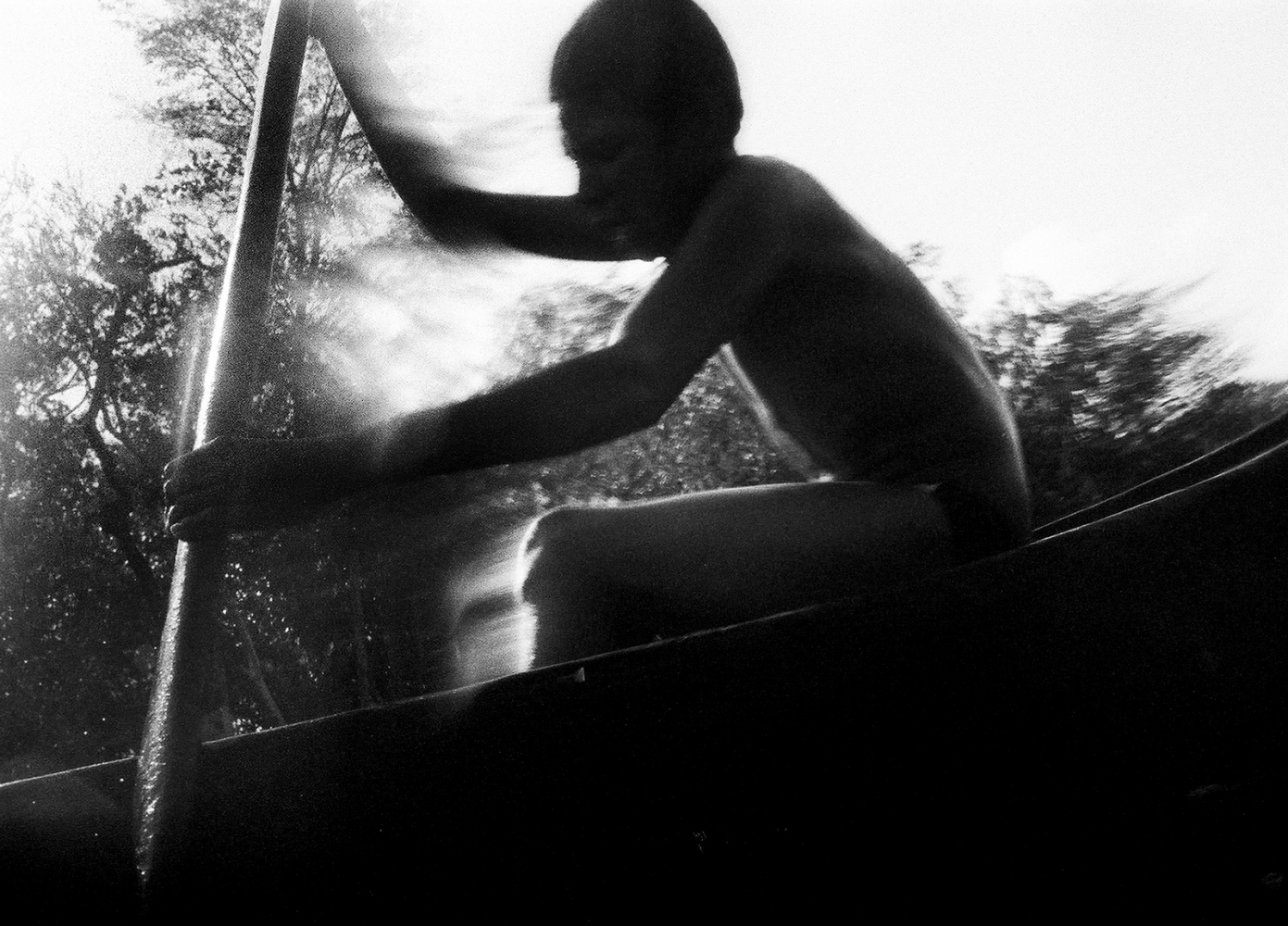
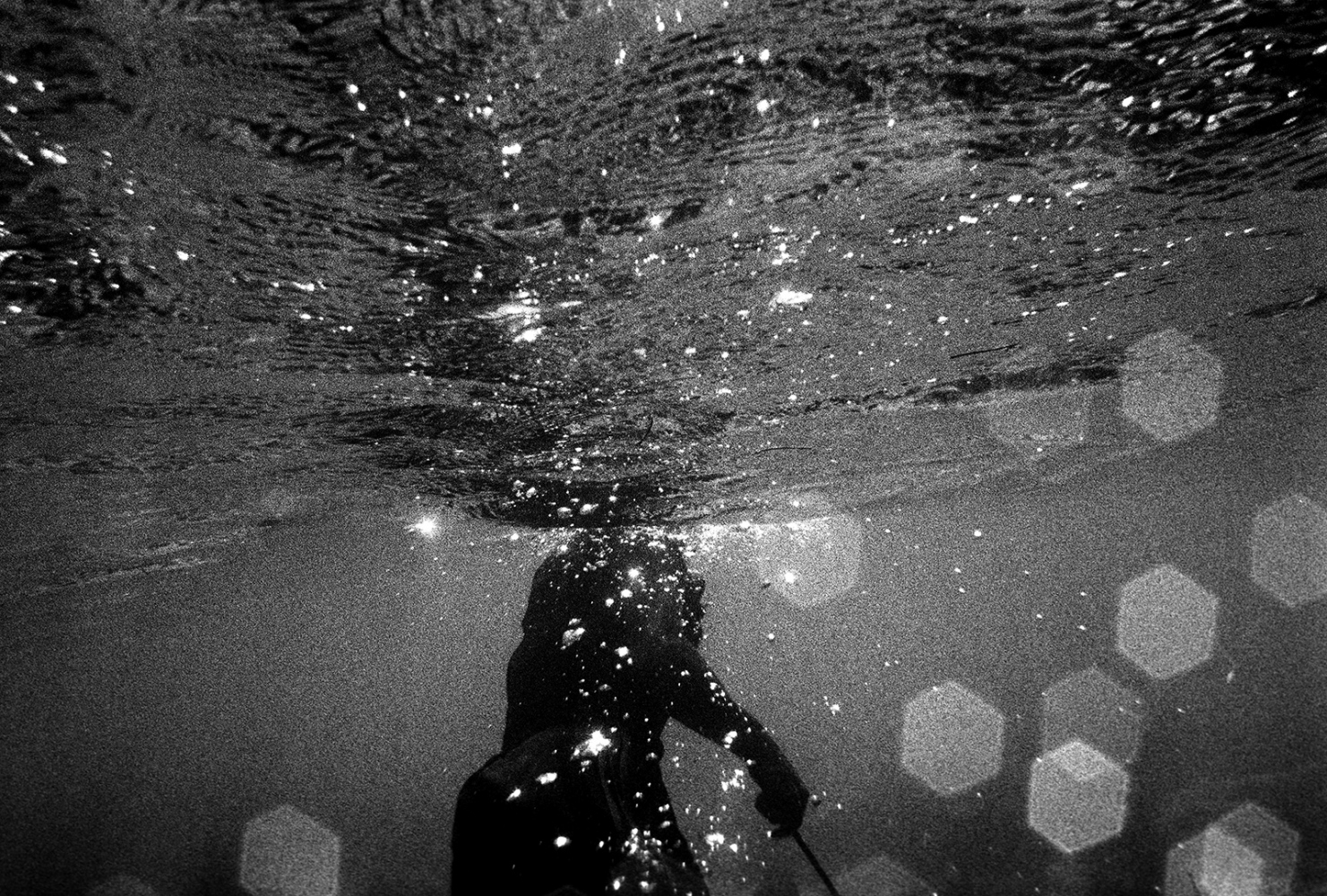
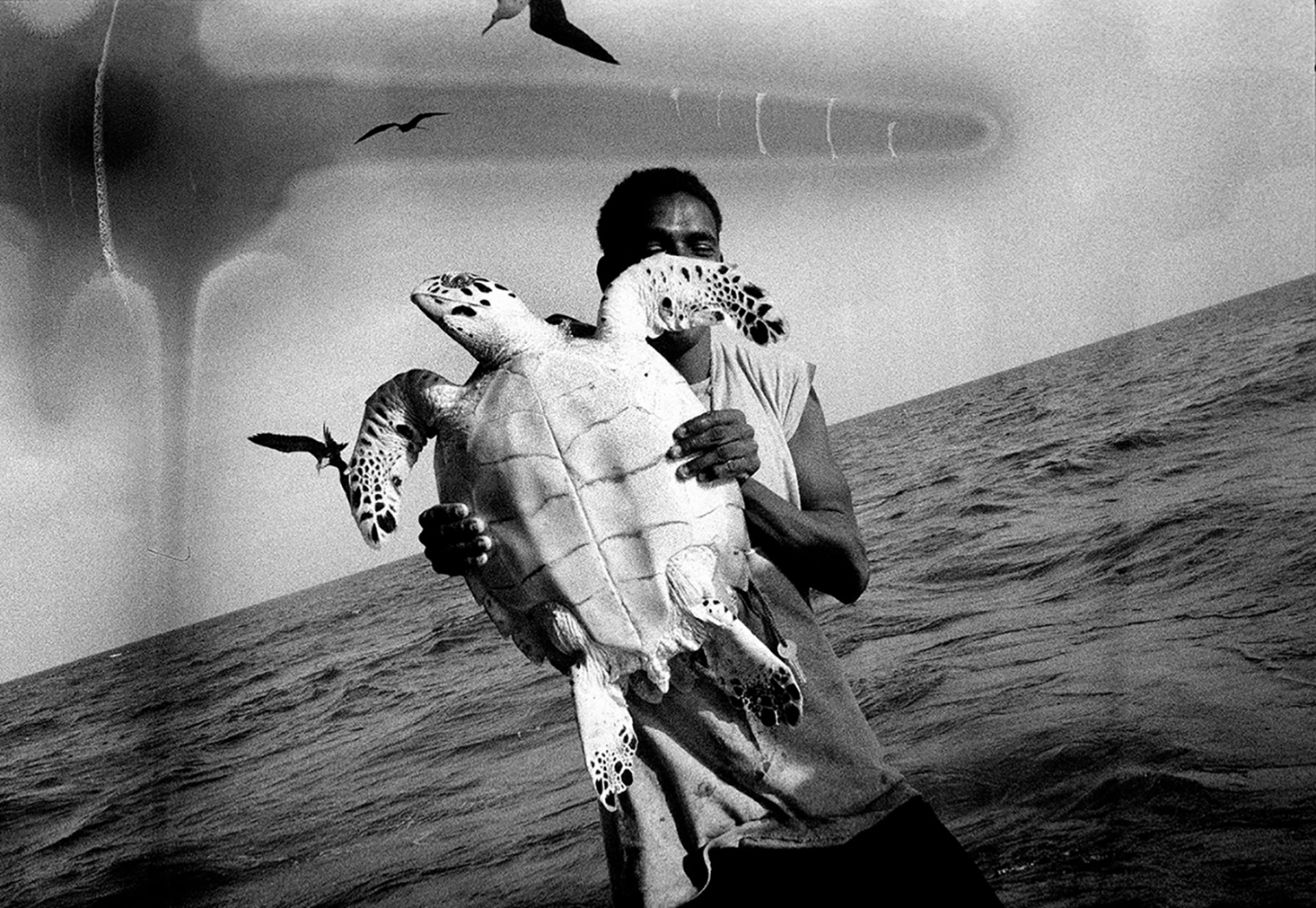
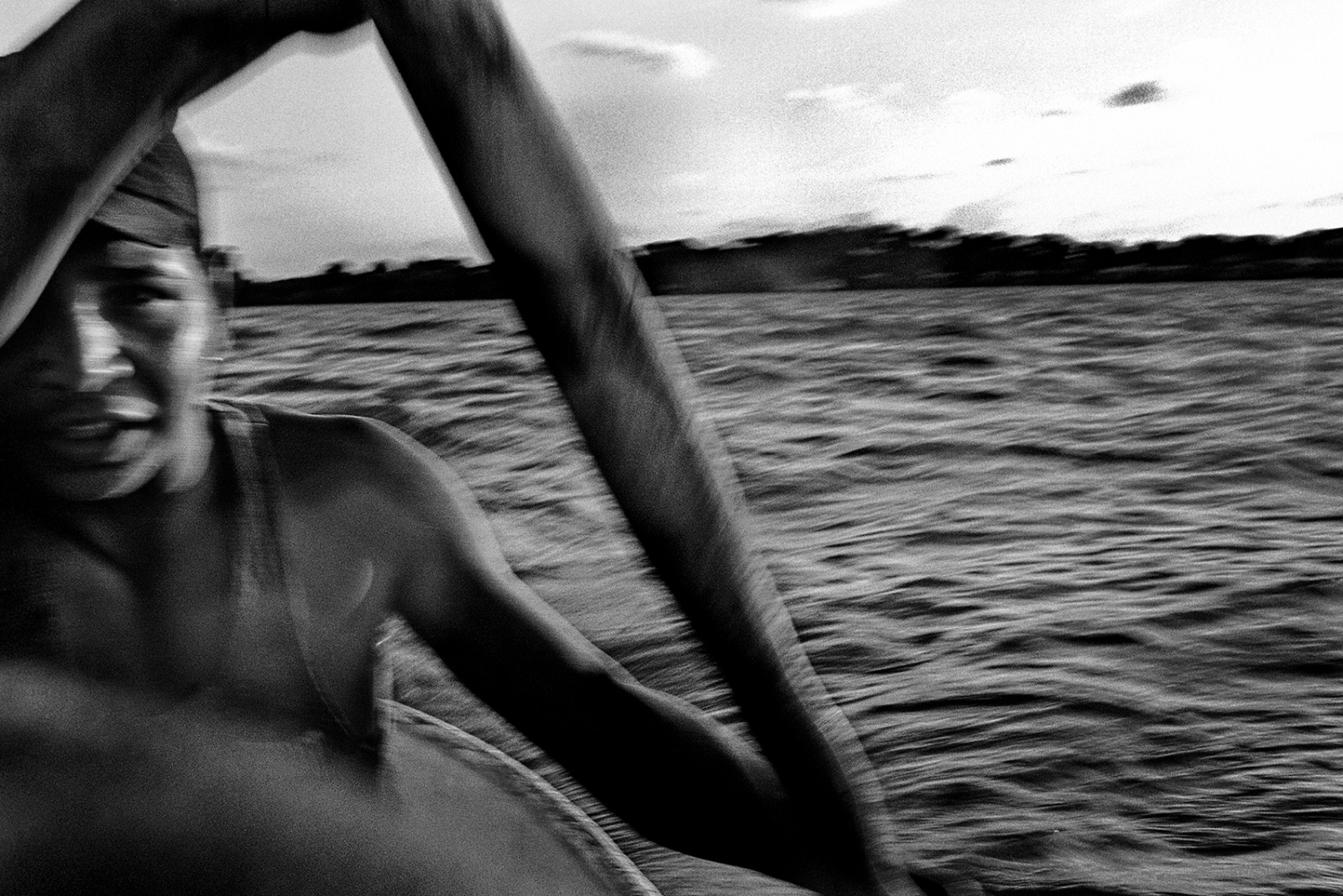
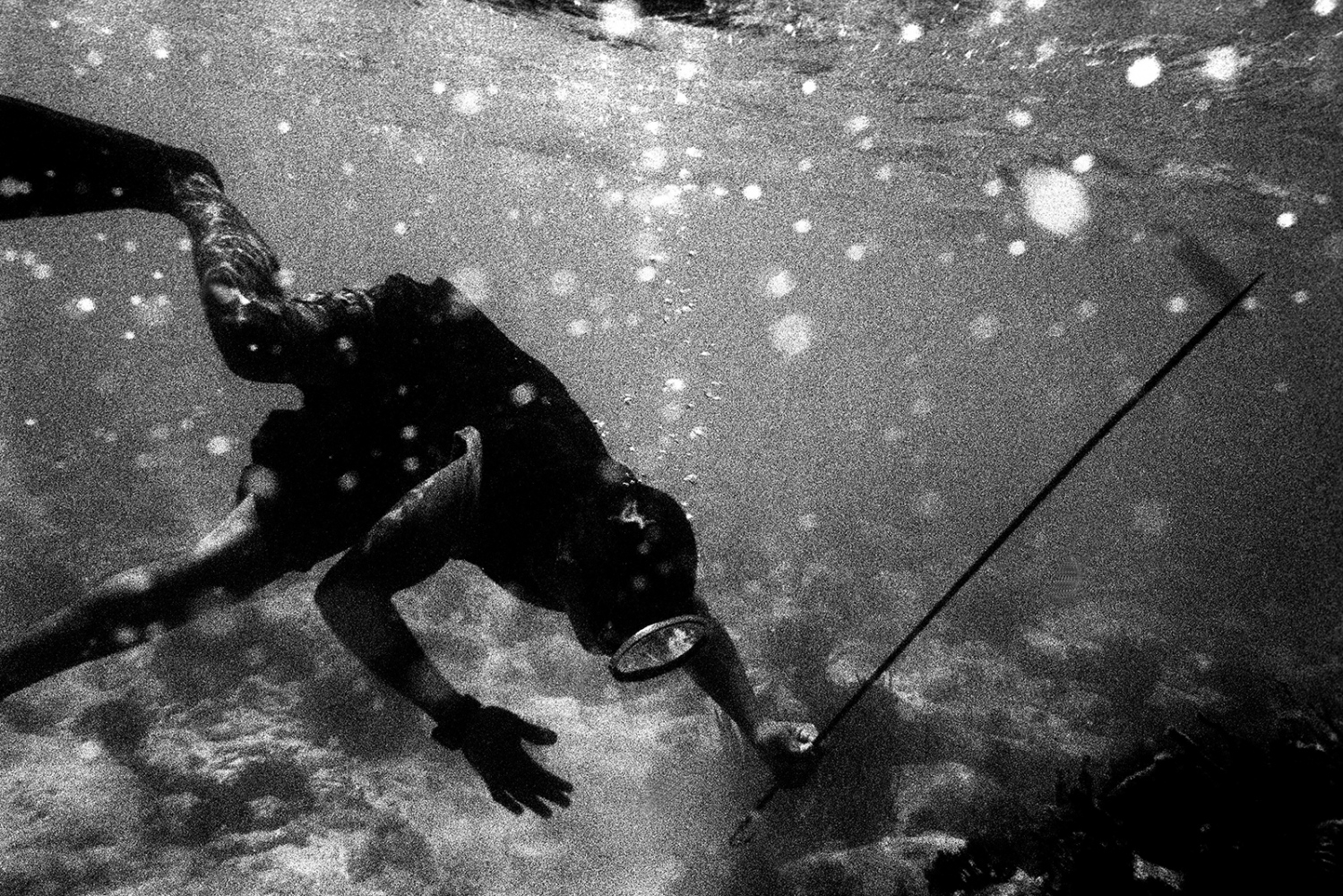
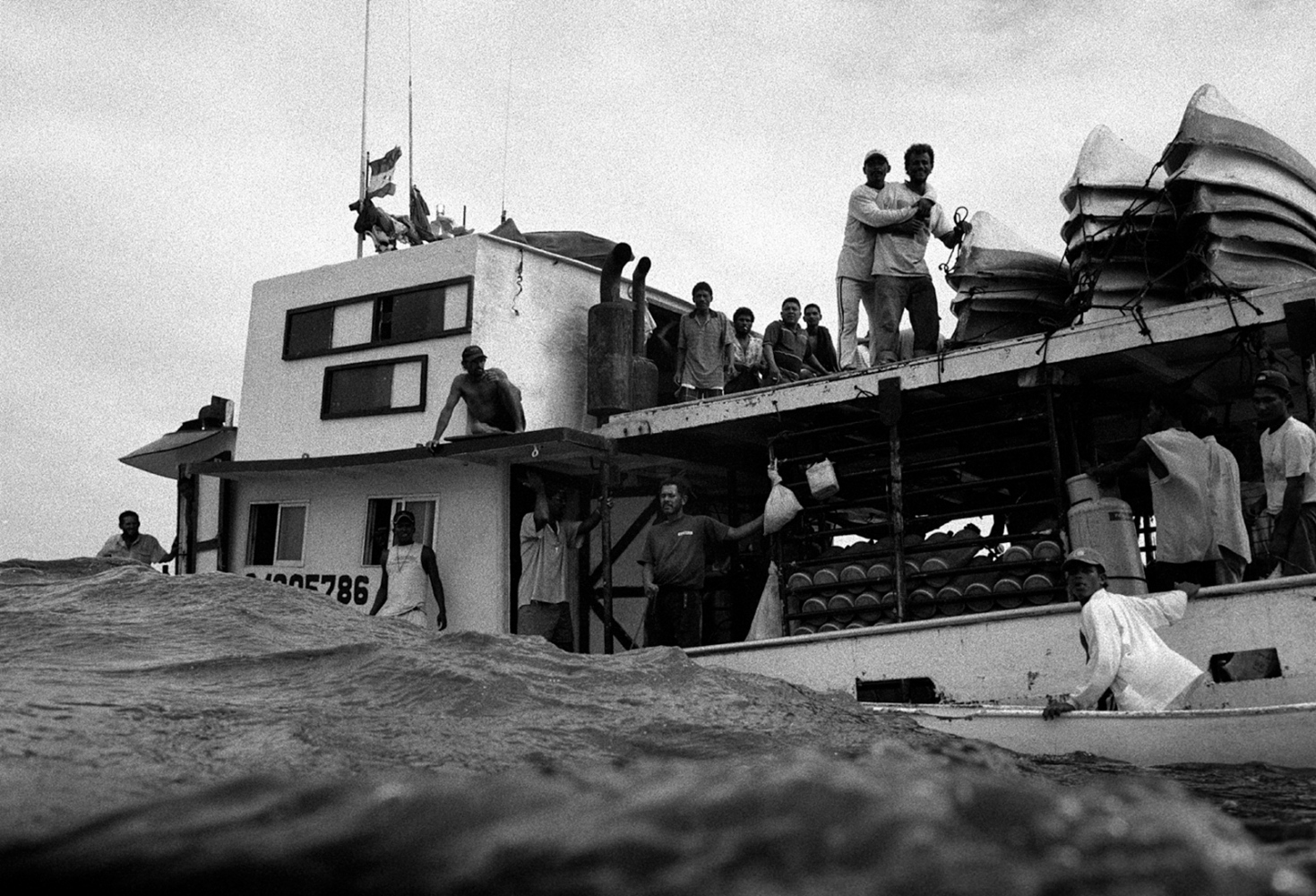
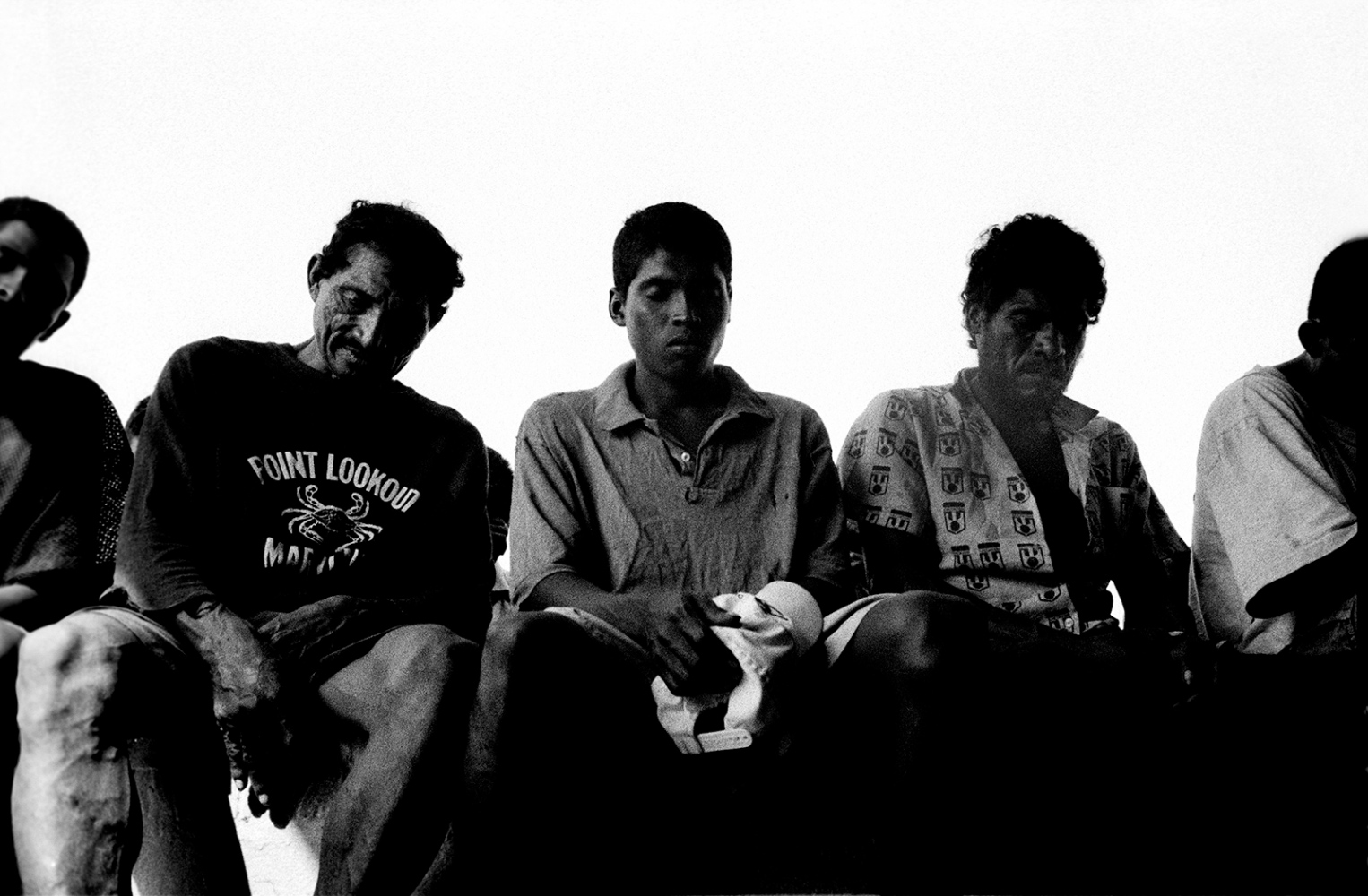
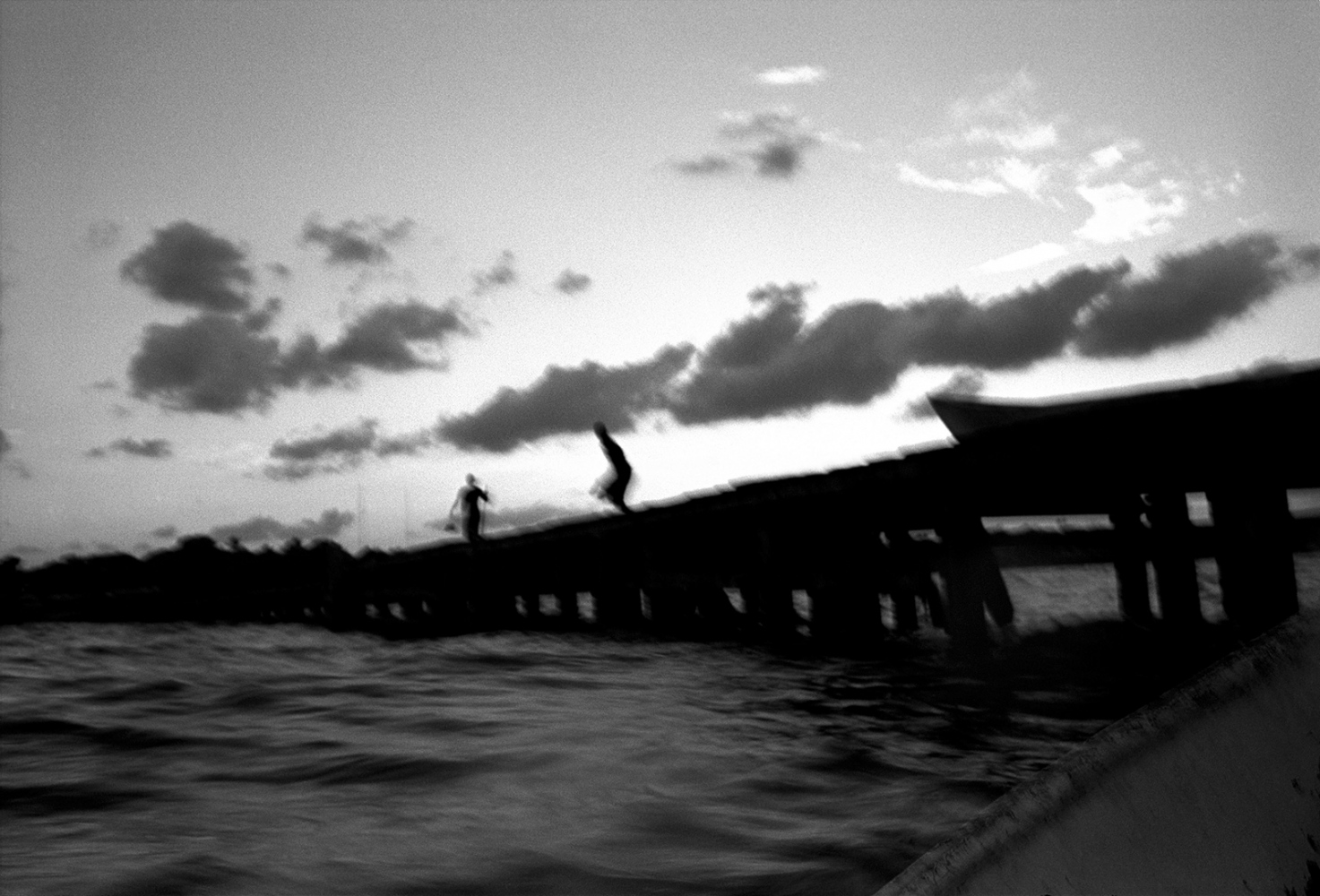
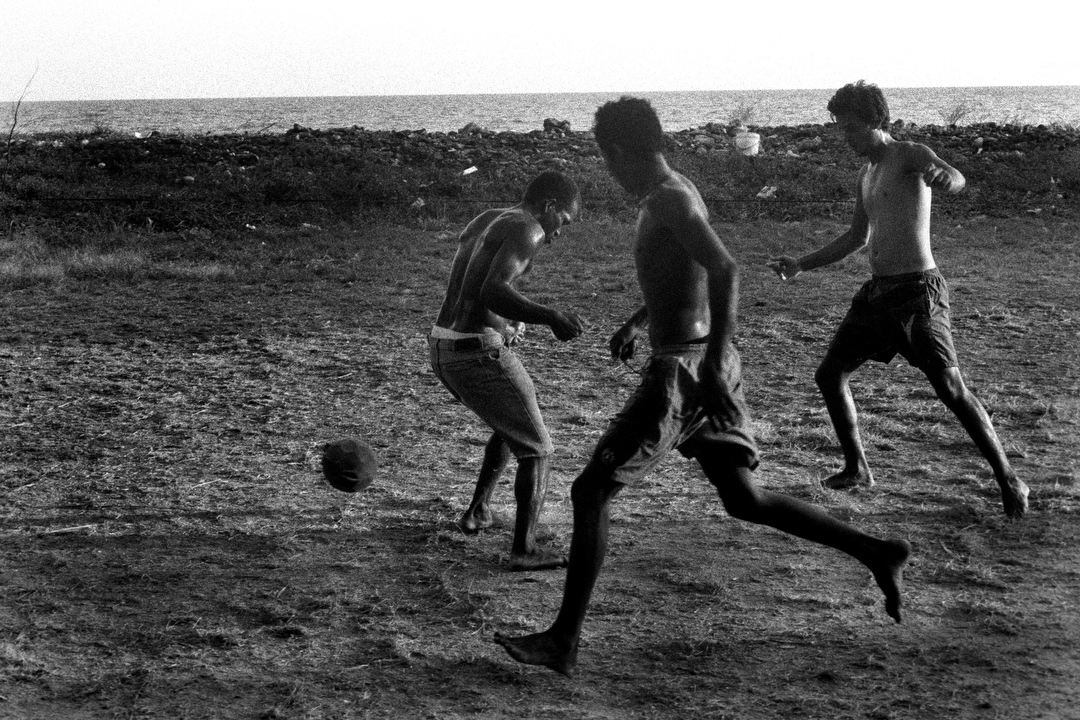
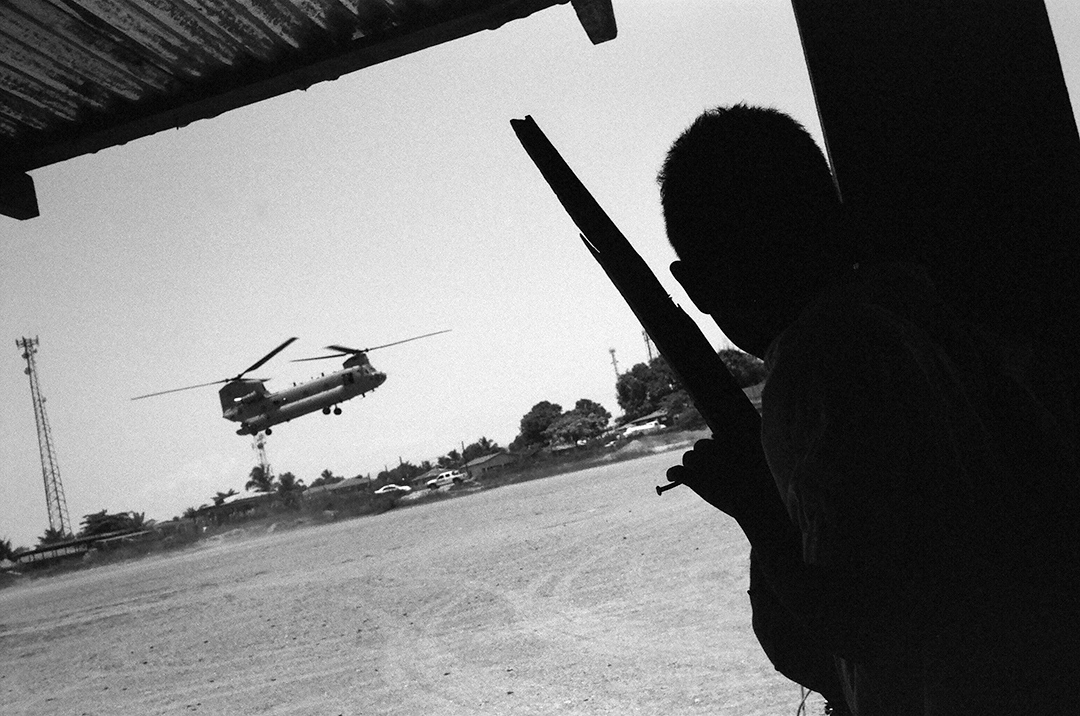
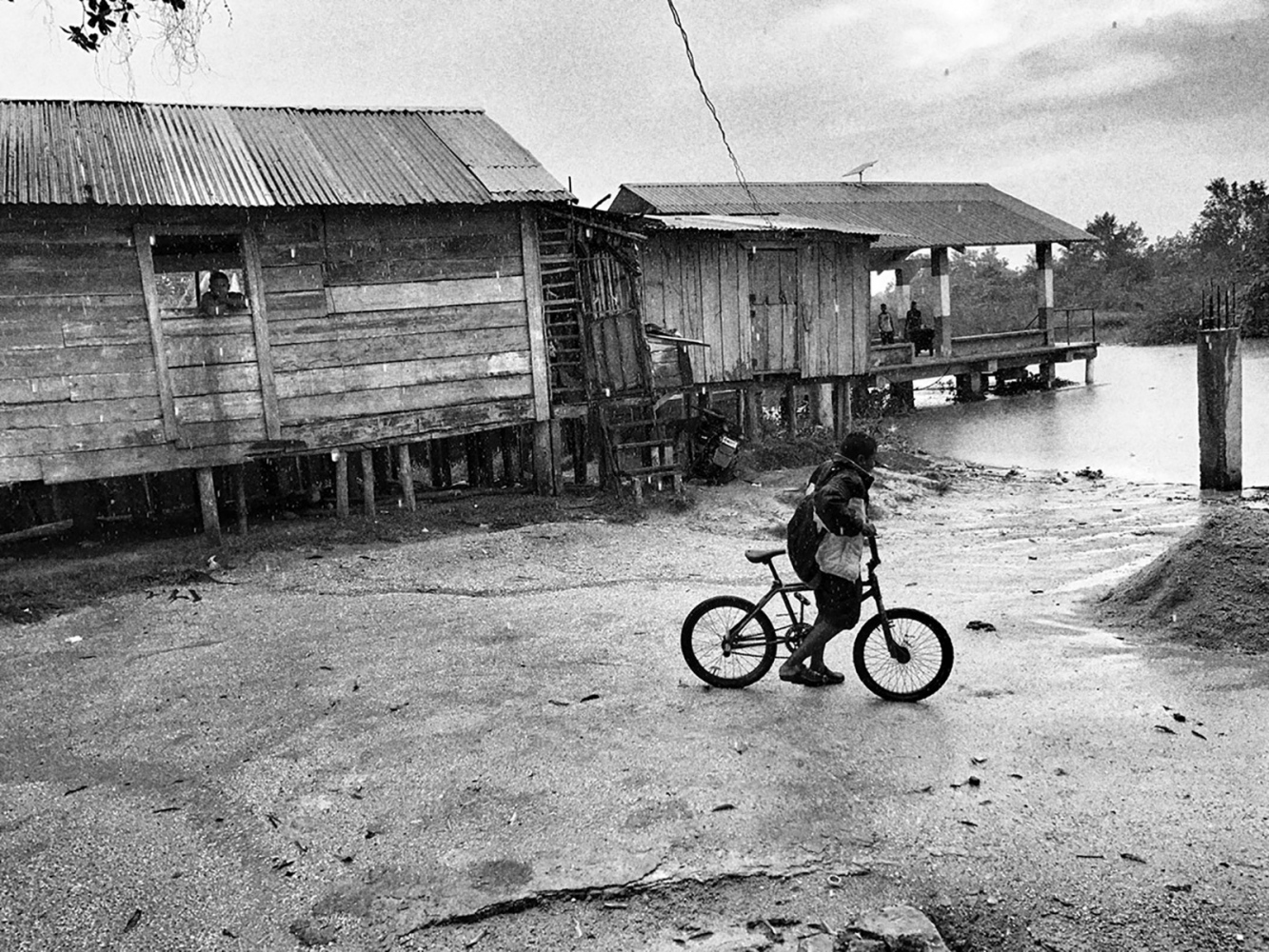
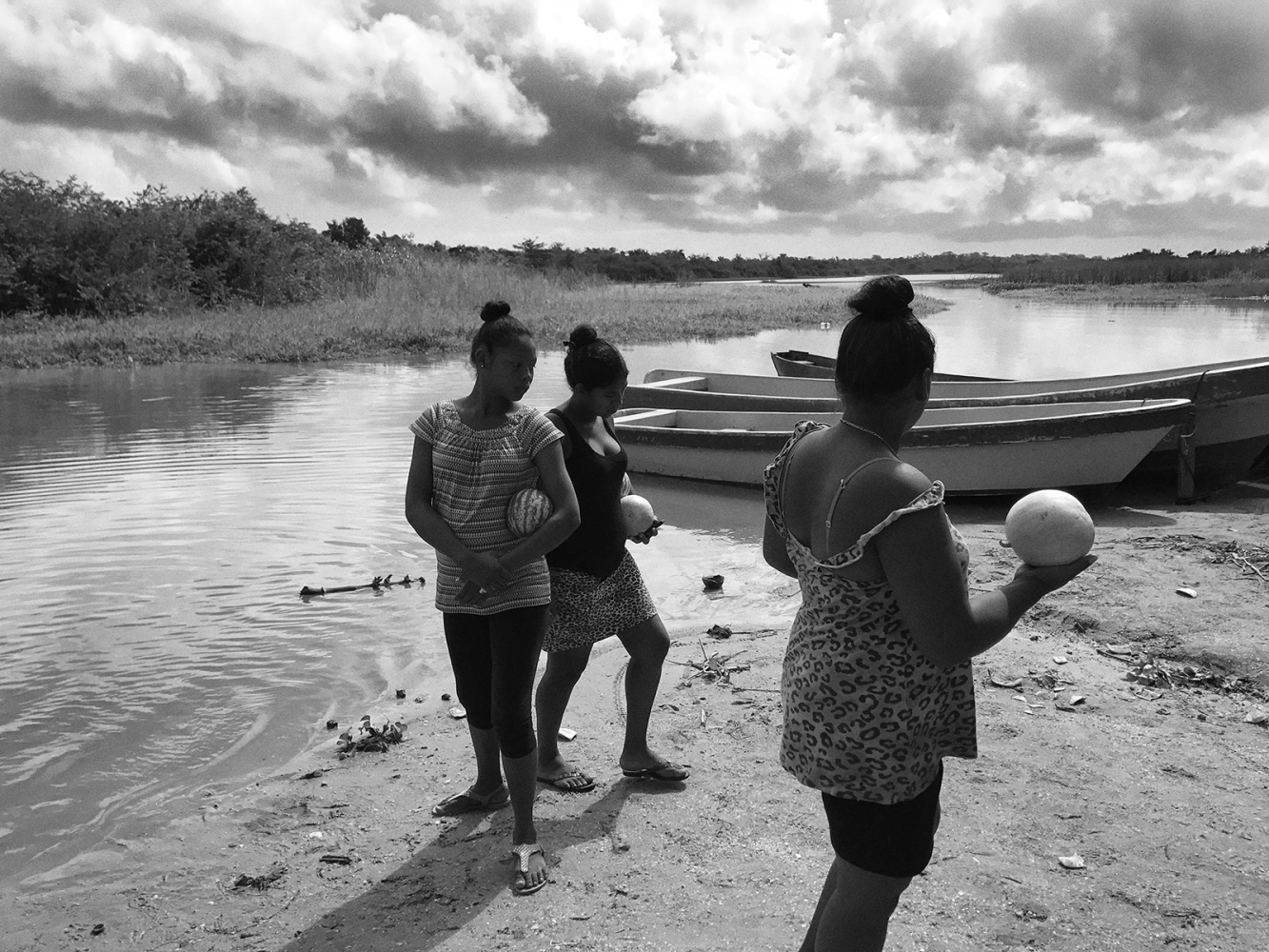
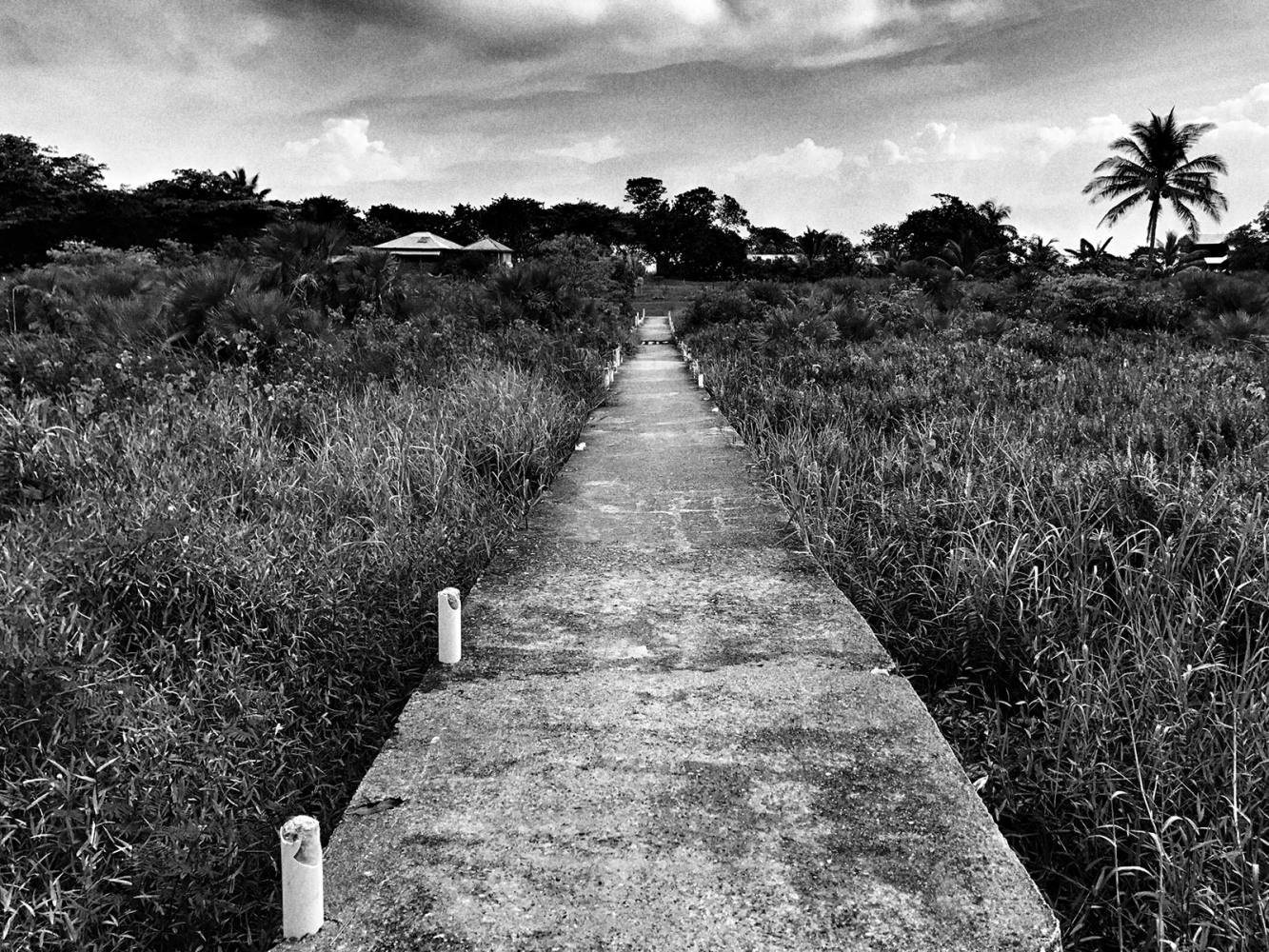
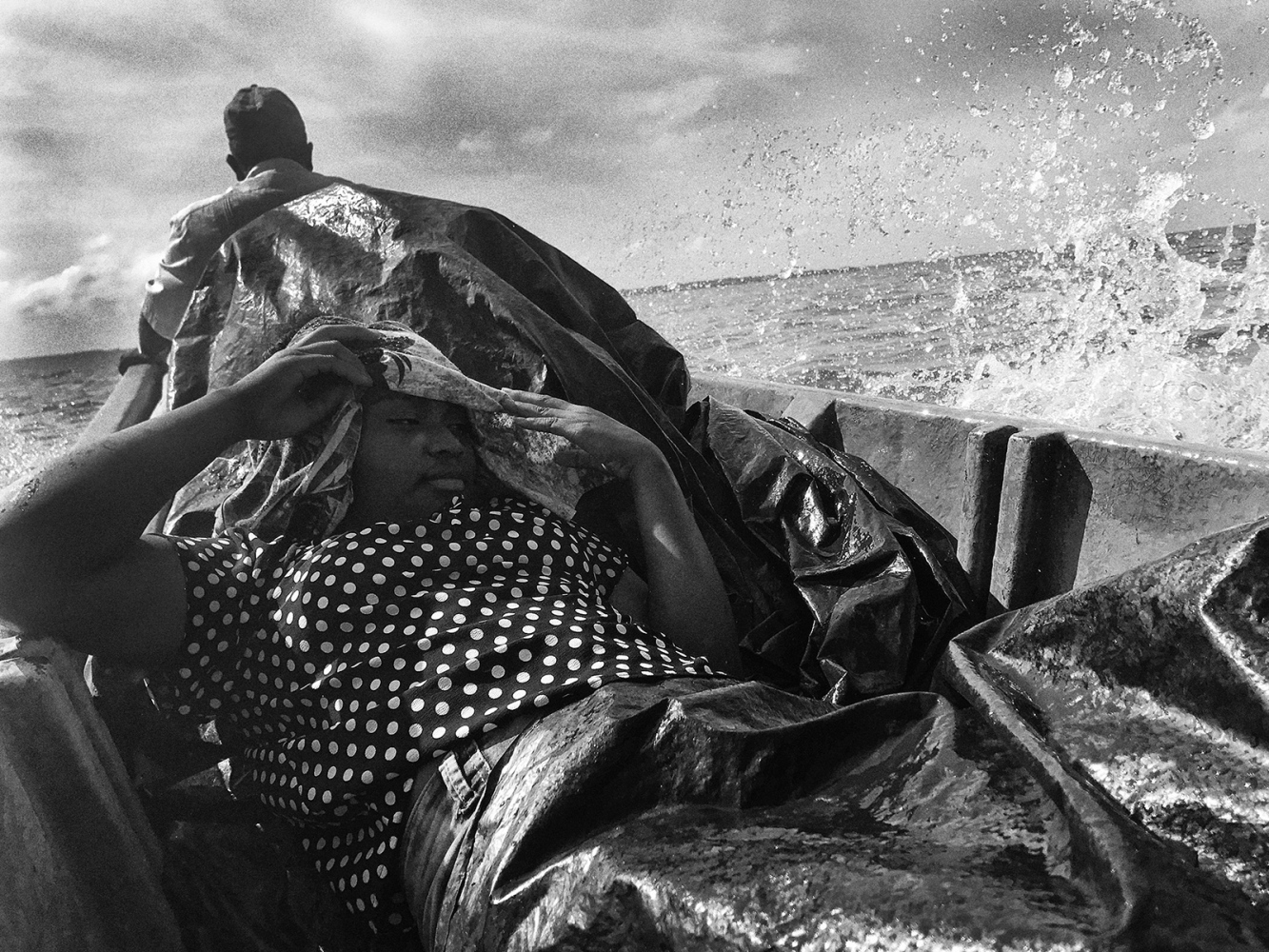
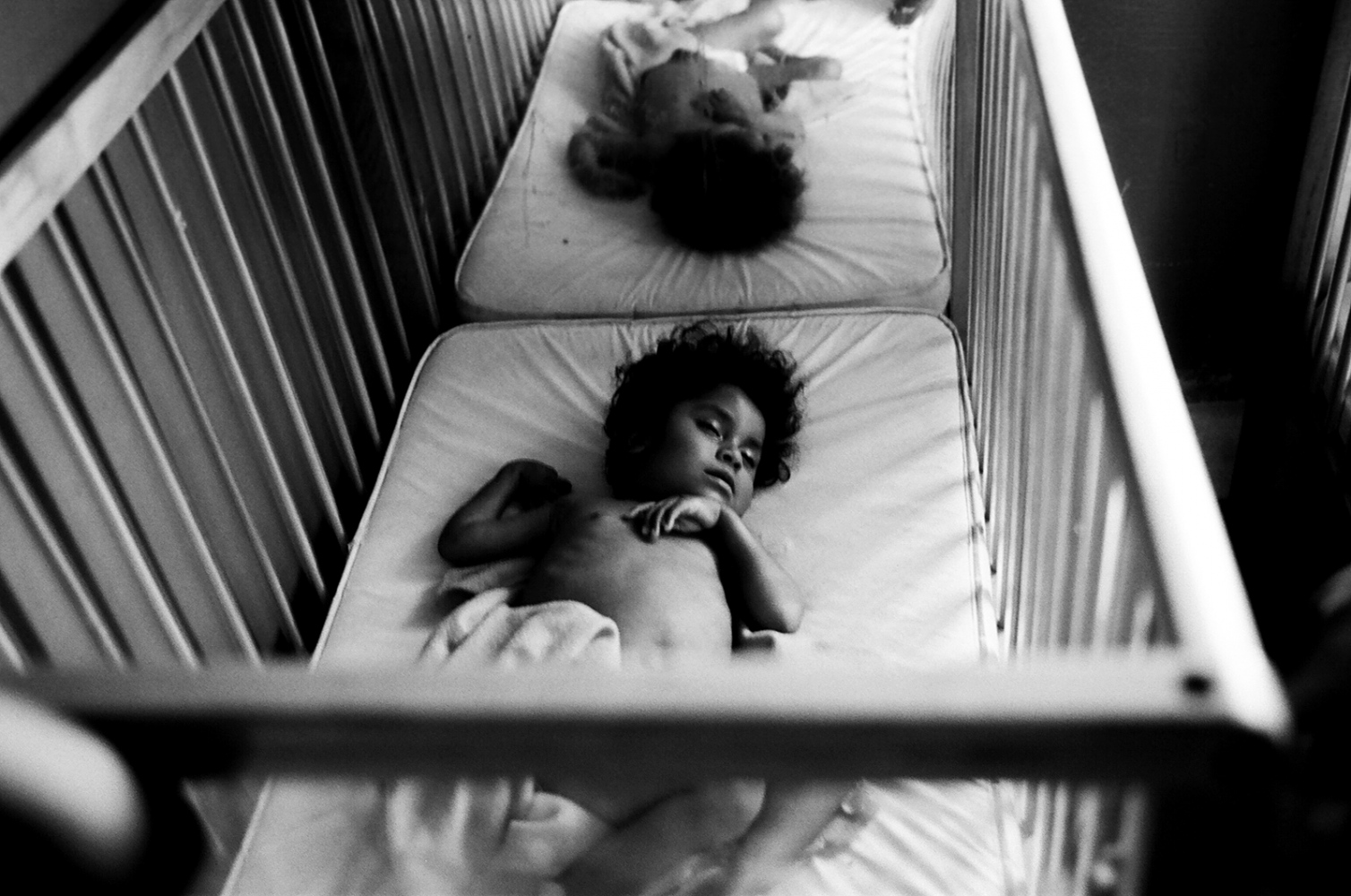
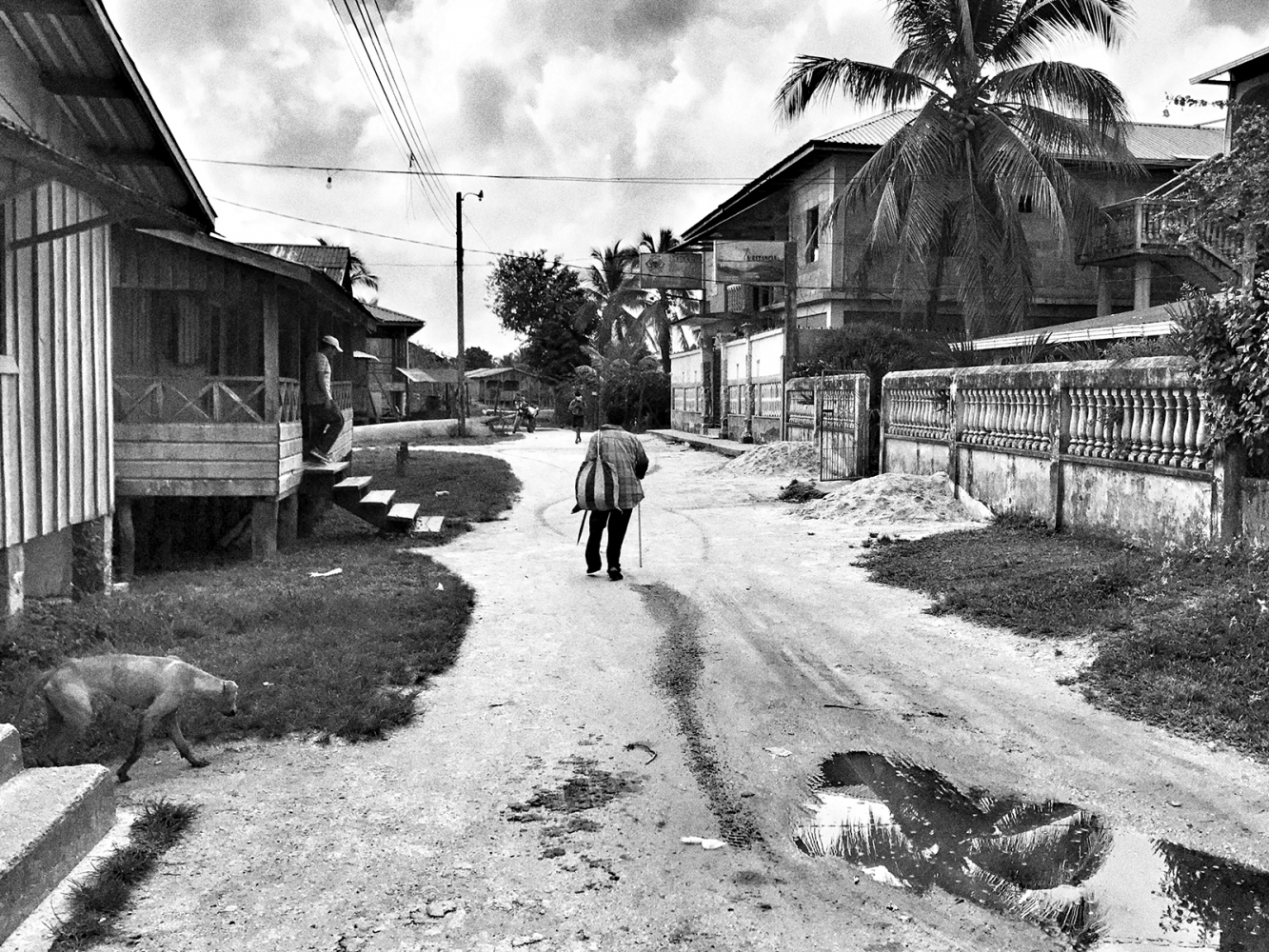
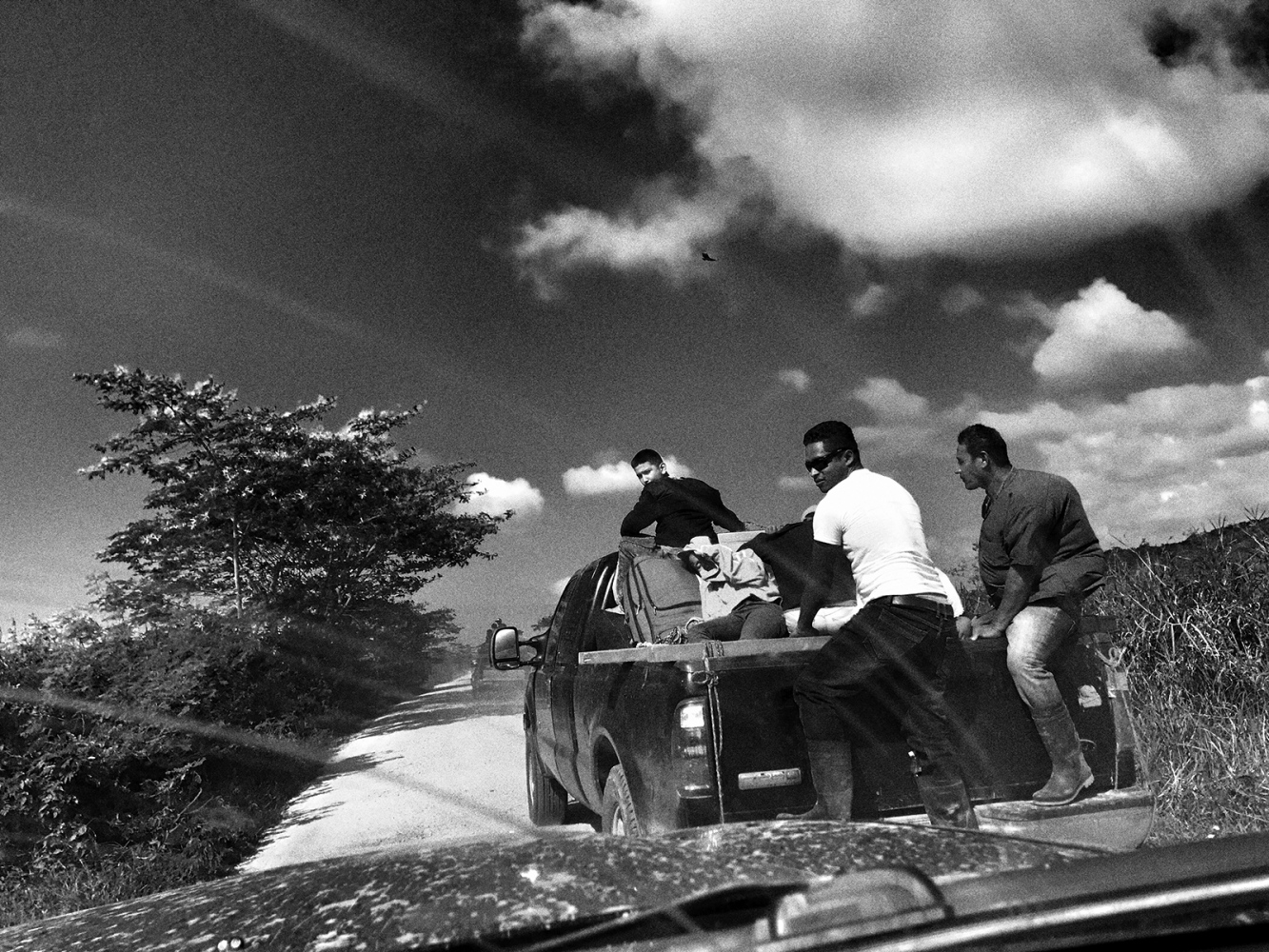
Lobster Divers of the Miskito Coast
This is an ongoing project documenting the daily life and environment of the Miskito people of the North Coast of Honduras.
The Miskito Coast is an area along the eastern coast Nicaragua and Honduras. It formed part of the Western Caribbean Zone. It was named after the local Miskito Amerindians and was long dominated by British interests.
The British attempted to consolidate their holdings on the continent to British Honduras and handed over control of the Miskito to Nicaragua and Honduras. This in itself greatly upset the Meskito Indians who revolted in 1859/60 . The Nicaraguans offered to grant autonomy to the Indians in a designated reserve but
The Miskito culture and economy is made up of coastal indigenous tribes, English pirates, traders, and settlers and their African slaves. The Miskito Coast, since colonial times, has been an economic frontier characterized by barter and boom/bust economies where markets developed to exploit specific resources, such as turtles, precious lumber, rubber, bananas, logwood and more recently lobster.
The Miskito subsistence economy was based primarily on hunting, fishing, and some limited agriculture and silviculture. Subsistence activities were traditionally divided by gender. Women tended to the agriculture, while the men cleared land, hunted, fished, and worked in wage labor when it was available.
The Miskito have hunted green turtle as part of their traditional subsistence economy since at least the early 1700’s. Much of the Miskito subsistence system, and settlement patterns were based around the seasonal appearance of the green sea turtle. In 2013, the Honduran Government granted five Miskito communities land titles to their traditional land, totaling about 1.6 million acres. 100 villages exist in this area, containing a population of approximately 22,000.[36]
In general, no more turtles were hunted than could satisfy the community's meat needs. However, increased demand from international markets during the 17th, 18th, and 19th centuries led to changes in hunting methods. The activities became market-focused instead of subsistence-focused. Foreign companies established commercial enterprises and hired Miskito turtlemen to facilitate intensive harvesting of green turtles to support sugar plantation labor, but also European palates. Exploitation was so intense that sea turtle populations in the greater Caribbean basin had been decimated by the mid-1800s, and villagers were confronted with rising social tensions due to increased dependence on a scarce resource. In the present day, sea turtle populations have recovered to a point, but the Miskito now balance a desire for turtle products with the forces of local, national, and international conservation goals.
Increasing demand in the United States led to a boom in commercial exploitation of spiny lobster along the Miskito Coast beginning in the 1970s. Lobster, like products of past booms, has become a major source of cash income for the Miskito and the great majority of the population either directly or indirectly depends on lobster income. In 2011, the industry employed around 3500 people on 44 boats in Honduras alone. In Nicaragua, it has been estimated that commercial lobster diving employs over 5,000 people and affects the livelihoods of 50,000 men, women and children. Many of these people work as divers, using scuba equipment to dive and catch lobster.
The vast majority of fishing operations are controlled by ladino boat owners based in the Bay Islands of Honduras and Puerto Cabezas, Nicaragua. These owners employ local recruiters or sacabuzos in coastal communities to organize crews of dive teams, as well as other boat hands. A dive team consists of a diver and cayuquero; a diver apprentices who follows the diver in a canoe allowing the diver to offload his catch. In addition to 18-20 dive teams, a boat employs additional support staff to cook, clean, and manage the diving equipment.
At the beginning of a fishing trip, the lobster boats travel the coast picking up recruited dive teams and boat hands. They then search for lobster at known lobster banks between Honduras and Columbia, often illegally and usually over the course of 12–16 days. The divers are paid by the pound for lobster tails alone. In the early days of the boom, lobster tails of 1-2 pound were common whereas by the early 1990s a diver needed 2-3 lobsters to make the same weight. At that time, the average diver brought in, per trip, 150-180 pounds of lobster.
Since the 1960s, the Miskito have used free-diving techniques to harvest lobster as their primary source of income. In the early years of the lobster boom, large and plentiful lobster were found close to shore in shallow waters, and could be accessed easily by free diving. Lobster production peaked, however, around 1985, and these resources, were quickly depleted. Scuba techniques were introduced around 1980 to enable the Miskito to expand their area for harvesting into deeper waters. Declining returns have forced divers to dive more often, deeper, and for longer, using pressurized tanks to maintain their income. In response to declining lobster populations, the governments of Honduras and Nicaragua implemented a fishing season - restricting lobster exploitation to between March 1 and July 30. The goal is to reduce pressure on lobster populations, but the result has also increased pressure on lobster divers. It is not uncommon for divers to make 12-16 dives per day to depths of 100–120 ft. in an effort to maintain their incomes. The result has been an increase in the number of cases of decompression illness and decompression related deaths. In 2012 Honduras had the highest number of decompression related deaths and sickness in the world.
Estimates put the number of injured somewhere over 2000 while over 300 others have died since the 1970s. The divers almost universally lack formal dive training, and the push to maintain their incomes leads divers to dive too much and stay down too long. In response to activist outcries, several large lobster importers in the United States announced in 2015 that they will no longer purchase dive caught lobster, however, similar efforts by Red Lobster in 1993 failed to disrupt the industry. In 2009 both Honduras and Nicaragua agreed with regional regulations to prohibit lobster diving. In a 2011 census of Honduran lobster divers, 36% of injured divers continued to dive after their first accident and 50% of divers have considered quitting due to the risks, but continue, because of the lack of viable economic alternatives.

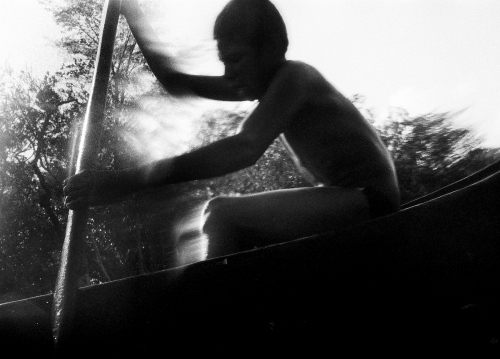
















Lobster Divers of the Miskito Coast
This is an ongoing project documenting the daily life and environment of the Miskito people of the North Coast of Honduras.
The Miskito Coast is an area along the eastern coast Nicaragua and Honduras. It formed part of the Western Caribbean Zone. It was named after the local Miskito Amerindians and was long dominated by British interests.
The British attempted to consolidate their holdings on the continent to British Honduras and handed over control of the Miskito to Nicaragua and Honduras. This in itself greatly upset the Meskito Indians who revolted in 1859/60 . The Nicaraguans offered to grant autonomy to the Indians in a designated reserve but
The Miskito culture and economy is made up of coastal indigenous tribes, English pirates, traders, and settlers and their African slaves. The Miskito Coast, since colonial times, has been an economic frontier characterized by barter and boom/bust economies where markets developed to exploit specific resources, such as turtles, precious lumber, rubber, bananas, logwood and more recently lobster.
The Miskito subsistence economy was based primarily on hunting, fishing, and some limited agriculture and silviculture. Subsistence activities were traditionally divided by gender. Women tended to the agriculture, while the men cleared land, hunted, fished, and worked in wage labor when it was available.
The Miskito have hunted green turtle as part of their traditional subsistence economy since at least the early 1700’s. Much of the Miskito subsistence system, and settlement patterns were based around the seasonal appearance of the green sea turtle. In 2013, the Honduran Government granted five Miskito communities land titles to their traditional land, totaling about 1.6 million acres. 100 villages exist in this area, containing a population of approximately 22,000.[36]
In general, no more turtles were hunted than could satisfy the community's meat needs. However, increased demand from international markets during the 17th, 18th, and 19th centuries led to changes in hunting methods. The activities became market-focused instead of subsistence-focused. Foreign companies established commercial enterprises and hired Miskito turtlemen to facilitate intensive harvesting of green turtles to support sugar plantation labor, but also European palates. Exploitation was so intense that sea turtle populations in the greater Caribbean basin had been decimated by the mid-1800s, and villagers were confronted with rising social tensions due to increased dependence on a scarce resource. In the present day, sea turtle populations have recovered to a point, but the Miskito now balance a desire for turtle products with the forces of local, national, and international conservation goals.
Increasing demand in the United States led to a boom in commercial exploitation of spiny lobster along the Miskito Coast beginning in the 1970s. Lobster, like products of past booms, has become a major source of cash income for the Miskito and the great majority of the population either directly or indirectly depends on lobster income. In 2011, the industry employed around 3500 people on 44 boats in Honduras alone. In Nicaragua, it has been estimated that commercial lobster diving employs over 5,000 people and affects the livelihoods of 50,000 men, women and children. Many of these people work as divers, using scuba equipment to dive and catch lobster.
The vast majority of fishing operations are controlled by ladino boat owners based in the Bay Islands of Honduras and Puerto Cabezas, Nicaragua. These owners employ local recruiters or sacabuzos in coastal communities to organize crews of dive teams, as well as other boat hands. A dive team consists of a diver and cayuquero; a diver apprentices who follows the diver in a canoe allowing the diver to offload his catch. In addition to 18-20 dive teams, a boat employs additional support staff to cook, clean, and manage the diving equipment.
At the beginning of a fishing trip, the lobster boats travel the coast picking up recruited dive teams and boat hands. They then search for lobster at known lobster banks between Honduras and Columbia, often illegally and usually over the course of 12–16 days. The divers are paid by the pound for lobster tails alone. In the early days of the boom, lobster tails of 1-2 pound were common whereas by the early 1990s a diver needed 2-3 lobsters to make the same weight. At that time, the average diver brought in, per trip, 150-180 pounds of lobster.
Since the 1960s, the Miskito have used free-diving techniques to harvest lobster as their primary source of income. In the early years of the lobster boom, large and plentiful lobster were found close to shore in shallow waters, and could be accessed easily by free diving. Lobster production peaked, however, around 1985, and these resources, were quickly depleted. Scuba techniques were introduced around 1980 to enable the Miskito to expand their area for harvesting into deeper waters. Declining returns have forced divers to dive more often, deeper, and for longer, using pressurized tanks to maintain their income. In response to declining lobster populations, the governments of Honduras and Nicaragua implemented a fishing season - restricting lobster exploitation to between March 1 and July 30. The goal is to reduce pressure on lobster populations, but the result has also increased pressure on lobster divers. It is not uncommon for divers to make 12-16 dives per day to depths of 100–120 ft. in an effort to maintain their incomes. The result has been an increase in the number of cases of decompression illness and decompression related deaths. In 2012 Honduras had the highest number of decompression related deaths and sickness in the world.
Estimates put the number of injured somewhere over 2000 while over 300 others have died since the 1970s. The divers almost universally lack formal dive training, and the push to maintain their incomes leads divers to dive too much and stay down too long. In response to activist outcries, several large lobster importers in the United States announced in 2015 that they will no longer purchase dive caught lobster, however, similar efforts by Red Lobster in 1993 failed to disrupt the industry. In 2009 both Honduras and Nicaragua agreed with regional regulations to prohibit lobster diving. In a 2011 census of Honduran lobster divers, 36% of injured divers continued to dive after their first accident and 50% of divers have considered quitting due to the risks, but continue, because of the lack of viable economic alternatives.

















